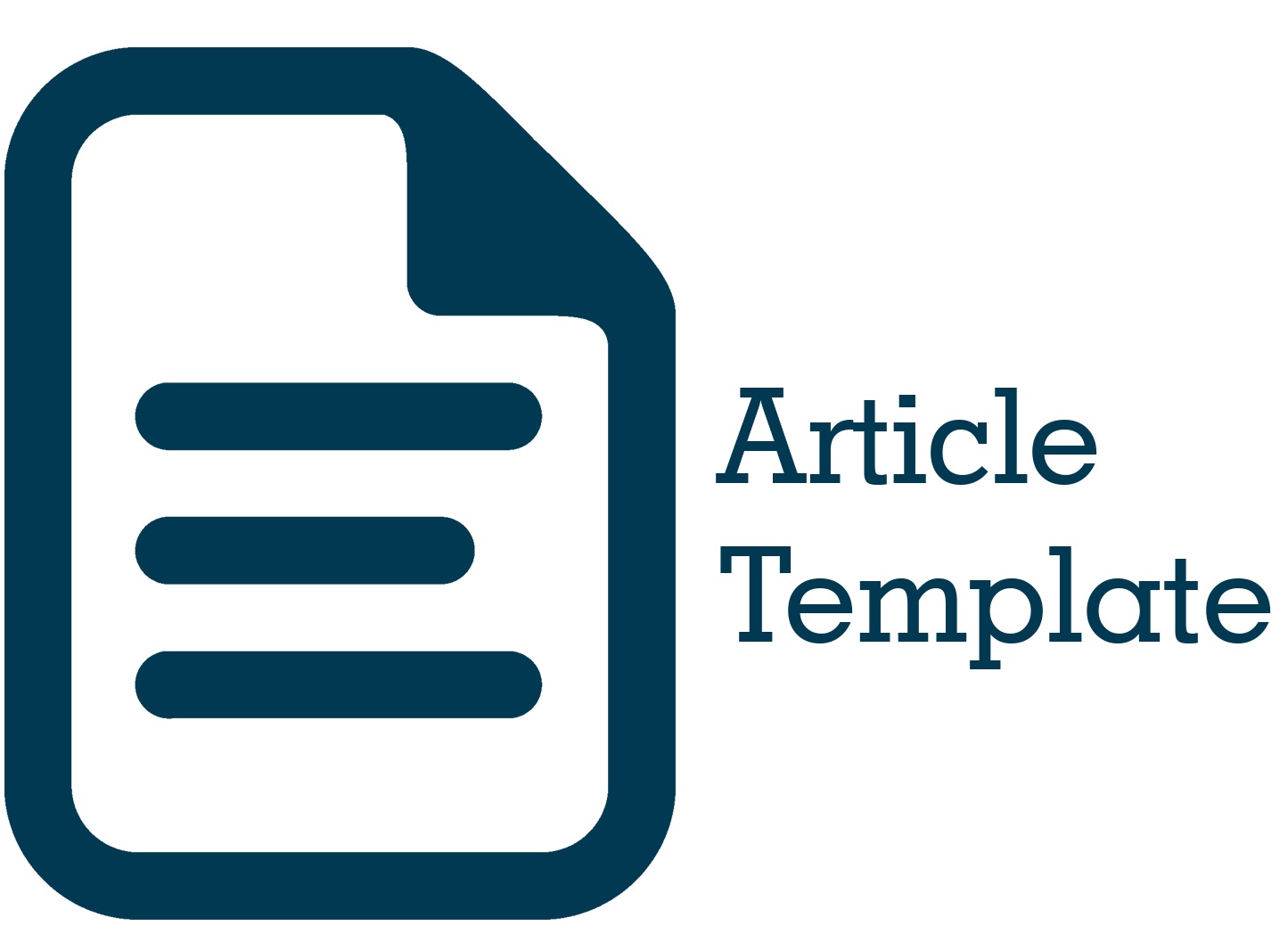Pengaruh Perputaran Kas, Piutang dan Persediaan Terhadap Profitabilitas Perusahaan Sektor Aneka Industri yang Terdaftar di BEI
DOI:
https://doi.org/10.51135/PublicPolicy.v2.i1.p57-74Keywords:
Cash Turnover, Receivable Turnover, Inventory Turnover, Return on InvestmentAbstract
This study aimed to find out whether Cash Turnover, Receivable Turnover, and Inventory Turnover have positive and significant impact to Profitability and which variable has dominant effect to profitability in industry multi sector registered in Bursa Efek Indonesia. Profitability in this case means Return on Investment (ROI). The methodology used in this study is descriptive analysis, quantitative analysis and multiple regression analysis. From the statistic analysis, it is found that 1) the value of regression coefficient for Cash Turnover = 0,125 with significance value = 0,043, which means Cash Turnover has positive and significant impact on Profitability; 2) The value of Receivable Turnover = 0,292 with significance value = 0,017. This means that Receivable Turnover has positive and significant impact on Profitability; 3) the value of Inventory Turnover= 0,917 with significance value= 0,000. This shows that Inventory turnover has positive and significant impact to Profitability; 4) the variable which has the most effect on the Profitability in industry multi sector registered in BEI inventory turnover whose coefficient regression value is bigger compared to others, 0,917. Therefore, it can be conclude that all variable contribute positively and significantly to Profitability, and the dominant variable affected the Profitability is inventory turnover.
Downloads

Downloads
Published
How to Cite
Issue
Section
License
Authors whose manuscripts are published in the Journal of Public Policy must agree to the following terms;
- Publication rights for all manuscript materials published are held by the editorial board with the author's consent.
- The legal formalities for digital access to the Journal of Public Policy are subject to the Creative Commons Attribution Sharealike (CC BY SA) license, which means the Journal of Public Policy has the right to store, redistribute, reformat, manage in a database, maintain, and publish the manuscript without seeking permission from the author as long as the author's name is included as the copyright owner.
- Published manuscripts are open access for the purpose of disseminating research results. Besides this purpose, the editorial board is not responsible for copyright law violations.


.png)



